Rum's signature taste comes from distilling cane sugar
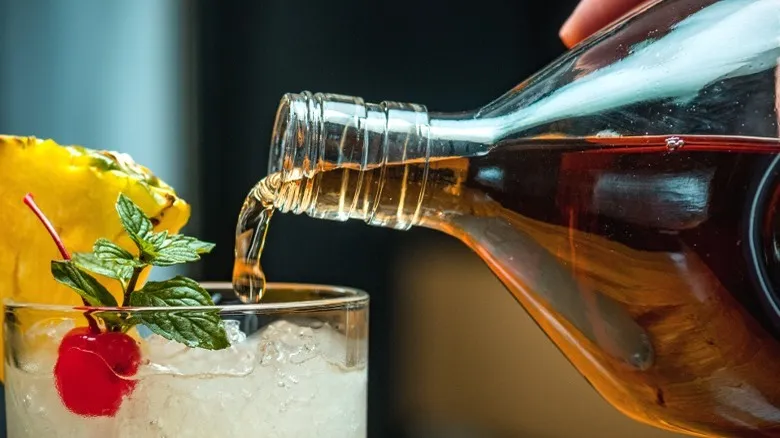
The process of making rum begins with the harvesting of sugarcane and extracting its juice. This results in a thick syrup known as molasses, which imparts the characteristic sweetness to rum.
Next, water and yeast are added to the molasses mixture. The blend is then heated, filtered, and aged in wooden barrels. Maturation typically lasts a year or more, but distillers may opt for varying aging periods to achieve their desired flavor and potency. Once aged, the rum is blended and prepared for bottling, ready for your enjoyment.
The color and type of rum can vary based on the fermentation and aging processes. White or clear rum is aged for at least a year and contains about 40% alcohol by volume, making it ideal for cocktails due to its lighter flavor. Gold rum, on the other hand, is aged longer—typically for two years—resulting in a richer profile. When considering dark rum, it's important to note that there are two categories: one that derives its darkness from aging and proof, and another that is darker due to higher molasses content.
Spiced rum is also quite popular, with brands even available at grocery stores like Costco. These rums are infused with spices such as nutmeg, cardamom, cinnamon, or cloves, and some may also feature hints of vanilla, caramel, citrus, or coconut. For those with a sweet tooth, there’s a rum variety to satisfy every craving.
Recommended
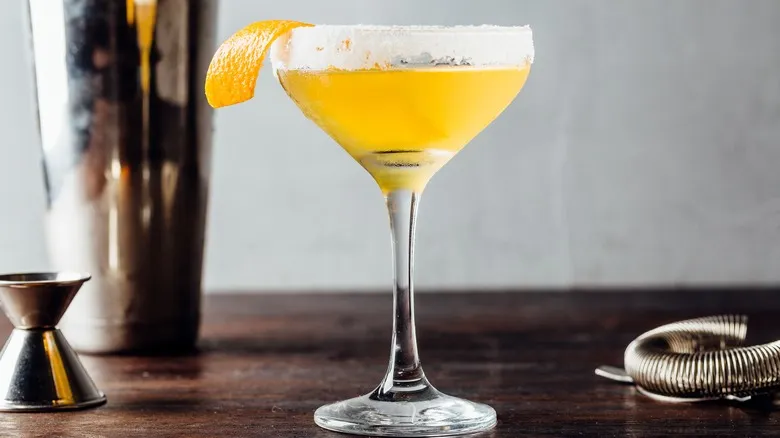
The Mysterious Origins Of The Sidecar Cocktail
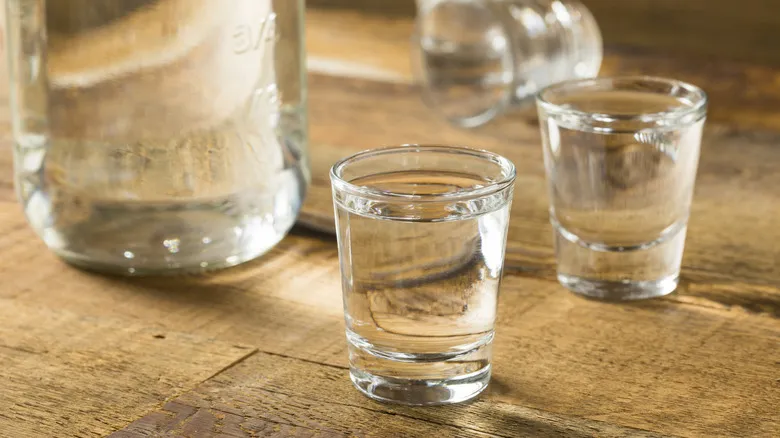
What Makes Vodka Gluten-Free?
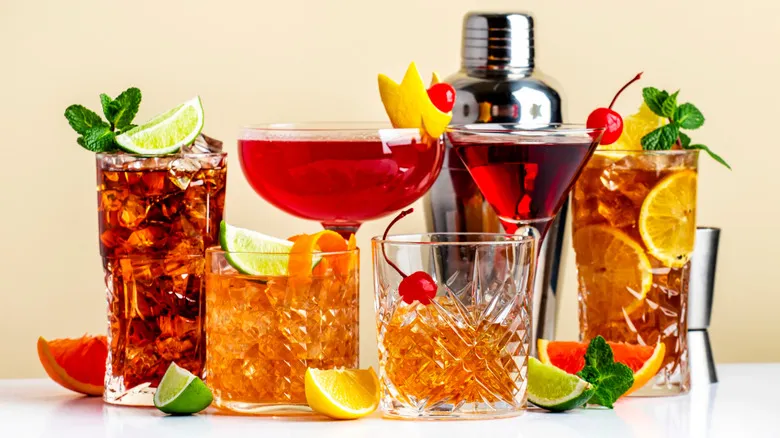
What Are Bitters And How Do You Use Them In Cocktails?
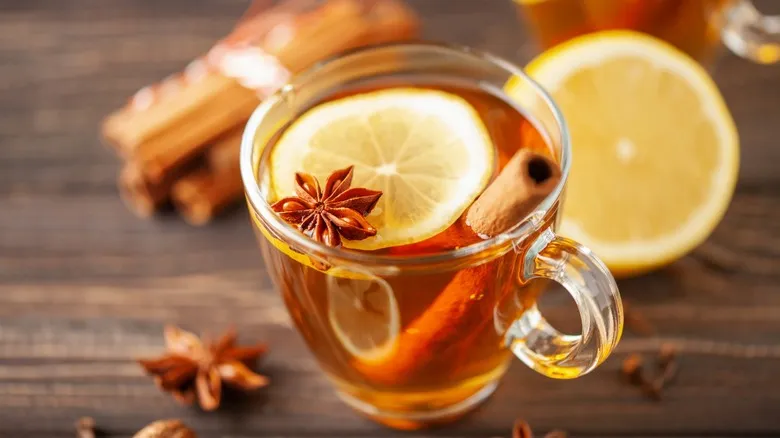
The Best Rum Cocktails To Enjoy During The Colder Months
Next up

